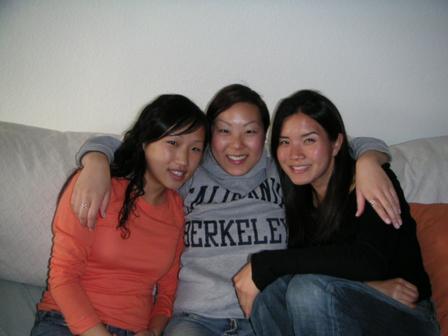Reminder: Daylight Saving Time!
Don't forget to set your clocks one hour ahead before you go to sleep on Saturday!
Spelling & grammar:
The official spelling is Daylight Saving Time, not Daylight SavingS Time.
Saving is used here as a verbal adjective (a participle). It modifies time and tells us more about its nature; namely, that it is characterized by the activity of saving daylight. It is a saving daylight kind of time. Similar examples would be dog walking time or book reading time. Since saving is a verb describing a single type of activity, the form is singular.
Nevertheless, many people feel the word savings (with an 's') flows more mellifluously off the tongue, and Daylight Savings Time is also in common usage, and can be found in dictionaries. Part of the confusion is because the phrase Daylight Saving Time is inaccurate, since no daylight is actually saved. Daylight Shifting Time would be better, but it is not as politically desirable. the British Time (Extra Daylight) Bill was introduced by John Butterfill, attempting the impossible -- to legislate extra daylight. The bill did not pass.
When in the morning?
In the U.S., clocks change at 2 am local time. In Spring, clocks spring forward from 1:59 am to 3 am; in Fall, clocks fall back from 1:59 am to 1 am. In the EU, clocks change at 1 am Universal Time. In Spring, clocks spring forward from 12:59 am to 2 am; in Fall, clocks fall back from 1:59 am to 1 am.
Nationwide, U.S. restaurants and bars have varied closing policies. In many states, liquor cannot be served after 2 a.m. But at 2 a.m. in the Fall, the time switches back one hour. So, can they serve for that additional hour in October? The official answer is that the bars do not close at 2 a.m. but actually at 1:59 a.m. So, they are already closed when the time changes from Daylight Saving Time into Standard Time. In practice however, many establishments stay open an extra hour in the Fall.
In the U.S., the changeover time was chosen to be 2 am, when most people are at home and, originally, the time when the fewest trains were running. This is practical and minimizes disruption. It is late enough to minimally affect bars and restaurants, and prevent the day from switching to yesterday (which would be confusing). It is early enough that the entire continental U.S. has switched by daybreak, and the changeover occurs before most early shift workers and early churchgoers (particularly on Easter).
Funny story about Daylight Saving Time:
Daylight Saving is not observed in Hawaii, American Samoa, Guam, Puerto Rico, the Virgin Islands, most of the Eastern Time Zone portion of the State of Indiana, and the state of Arizona (not the Navajo Indian Reservation, which does observe). Derek, being being from Hawaii, was oblivious to Daylight Saving so when it was that time to change our clocks, he totally thought we were pulling his leg. Hahaha!


6 Comments:
i thought it was two hours ahead this year...
you liar!
Indiana is like that, EST in the winter and CST in the summer.
This place is weird.
man... you are bored. hahaha
i'm on the verge of death by boredom....ugh~
Thanks for that detailed description od DST...
I think....
Post a Comment
<< Home